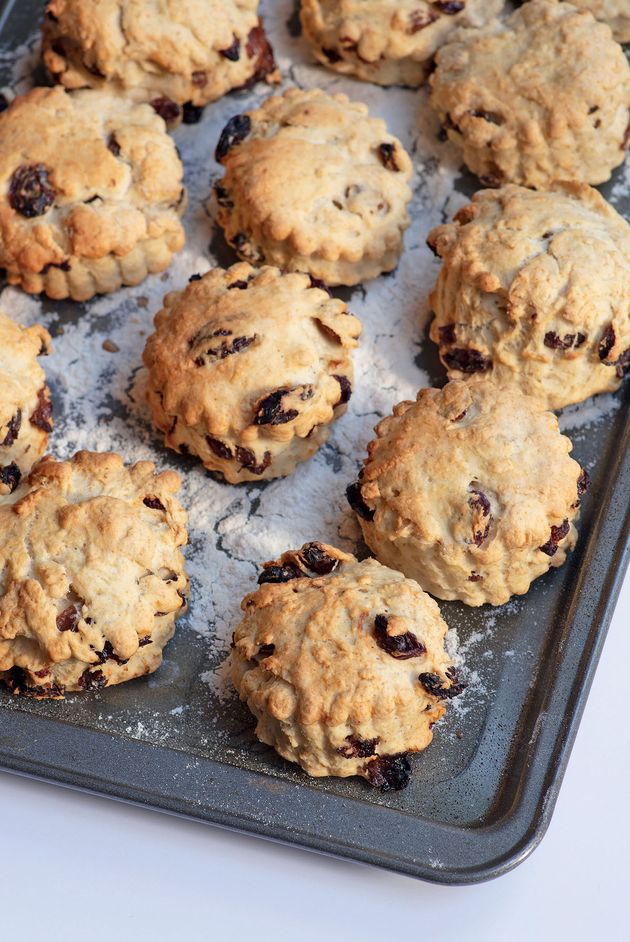|
From June 30 to July 13 a corner of Southwest London draws the attention of the tennis-loving world, as the annual Wimbledon tournament plays out with all the drama and finely-honed sportsmanship of the top class game. Historically one of the key attractions of the British social season, watching Wimbledon, whether live or on the television, is also a chance to herald the start of summer with a party, or at least a glass of Pimm’s.
|
|
|
Pictured above: Japanese Strawberry Shortcake from World's Best Cakes by Roger Pizey
|
|
A spotlight on the father of fusion cooking, Cheong Liew
|
|
|
‘While many have tried to imitate Cheong’s ‘fusion’ style, more created con-fusion than succeeded. Cheong’s mantra has always been that you have to know the rules before you can start to bend or break them. “For me, living and cooking in Australia, I have total freedom … but freedom doesn’t mean anarchy and chaos. Freedom has to come from respect and knowledge,” Cheong states.’ Roberta Muir
|
|
After growing up on a poultry farm on the outskirts of Kuala Lumpur, Cheong Liew’s arrival in Australia, and subsequent adoption of a melting pot of culinary techniques and flavors, make for fascinating and delicious reading.
The books themselves, published in 1995 and 2025, are an exploration into the thinking and culinary motivations of the chef earlier in his career and then bang up to date.
|
|
In her article, Roberta underpins her exploration of his ground-breaking fusion cooking through referencing a host of his recipes from within the books. Their origins and evolution will leave you keen to start cooking, Cheong Liew style!
For more great fusion finds, take a look around our Fusion Bookshelf.
|
|
Our iPhone food photography class: part 4, Camera Angles
|
|
|
This week’s topic is Camera Angles. So read on to learn your three main angle options, how to tell your ‘flat lay’ from your ‘eye level’, and when to use which to make your pictures truly sing.
|
|
Ingredient focus: watercress
|
|
|
Watercress is a perennial leafy plant with a long season. A relative of mustard, it has a peppery intense taste.
It can be eaten raw, it makes a great addition to salads and chilled dishes. Cooked, it enlivens soups, quiches, soufflés and sauces.
|
|
|
6 of the best cream tea recipes
The cream tea is a great tradition born of the British love affair with tea drinking that began in the 1600s. A cream tea consists of tea, and scones served with clotted cream and jam. It is distinct from the more elaborate afternoon tea that developed in the 19th century and includes sandwiches, cakes, scones and the like. This International Cream Tea Day—June 27—why not make your own. Clotted cream or jam first, that is the question…
|
|
|
|

|
|
from Apples for Jam by Tessa Kiros
|
|

|
|
from Soulful Baker by Julie Jones
|
|
|

|
|
from Gary Maclean's Scottish Kitchen: Timeless traditional and contemporary recipes by Gary Maclean
|
|

|
|
from Bold: Big Flavour Twists to Classic Dishes by Nisha Katona
|
|
|

|
|
from Pride and Pudding: The History of British Puddings, Savoury and Sweet by Regula Ysewijn
|
|

|
|
from Canning for a New Generation by Liana Krissoff by Liana Krissoff
|
|
|
|
|
|
|
|
|
|
|
|


















